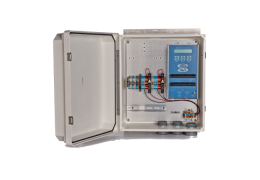Configure the Moving Average, ComsTag, and LogField blocks for each variable, including Net Radiation. The NRLite2 outputs one variable. The CNR4 outputs five variables: RN is the output of the NetRad block; SWIN (shortwave incoming) is the second, SWOUT (shortwave outgoing) is the third, LWIN (longwave incoming) is the fourth, and LWOUT (longwave outgoing) is fifth.
Important: Each output from a multichannel sensor must be configured separately (see Multichannel Sensor).

|
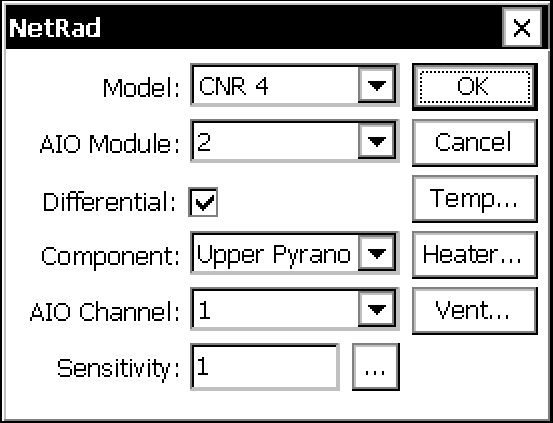
|
|

|

|
|

|
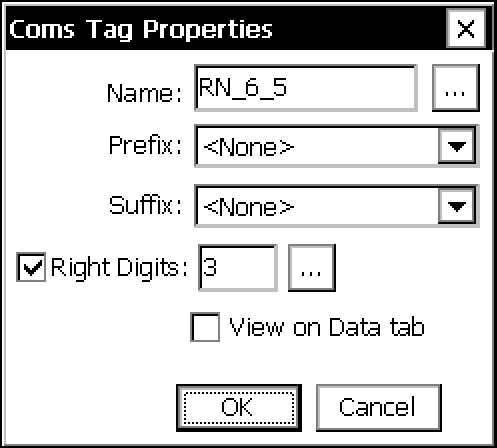
|
|

|
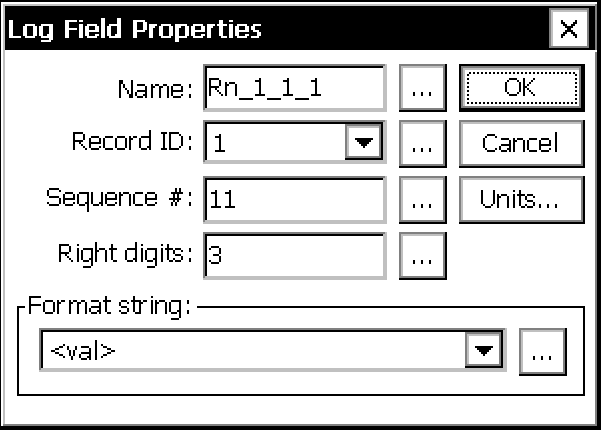
|
|

|
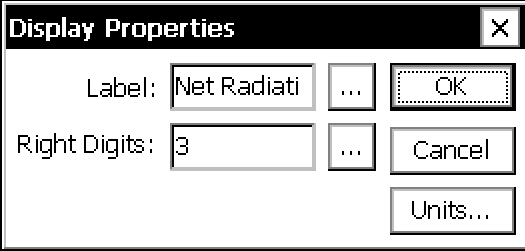
|
The Display block is used select data that gets displayed on the I2C Display. The data displayed is the last measured value for the block connected to the display block. The data is displayed at the requested precision (right digits) with the selected Label. |

|
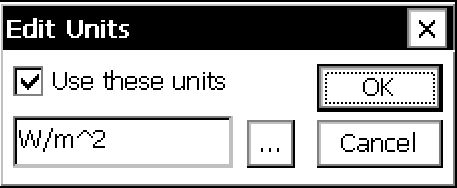
|
Units for the net radiometer are W/m2. |
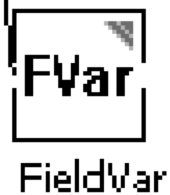
|

|
Select the variables in the FieldVar list. |
Albedo (CNR4 only)
These blocks compute albedo (shortwave reflected / shortwave incoming) from measurements of the CNR4 Net Radiometer.

|
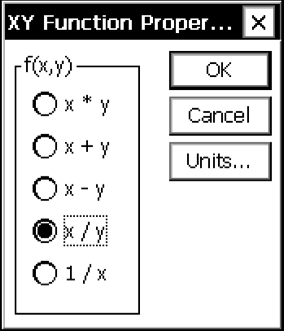
|
The XY Function block (processing block) creates a function, which we use to compute Albedo. Select the x/y function. X is the shortwave upwelling measured by the the CNR4; Y is the shortwave downwelling measured by the CNR4. |

|
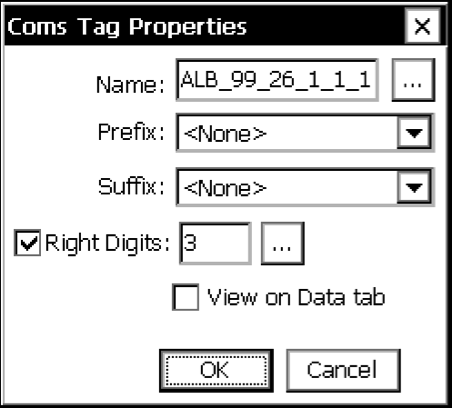
|
|

|
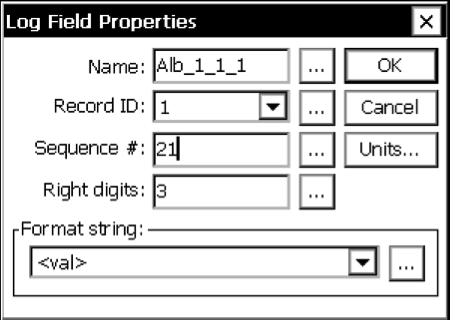
|
|

|
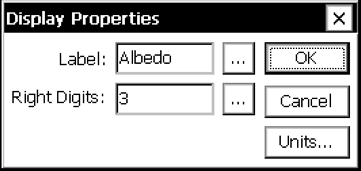
|
The Display block is used select data that gets displayed on the I2C Display. The data displayed is the last measured value for the block connected to the display block. The data is displayed at the requested precision (right digits) with the selected Label. |
Temperature (CNR4 only)
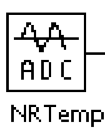
|

|
Voltage measurement of module 2, channel 9 (white wire from CNR4). |

|

|
|
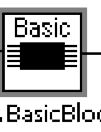
|
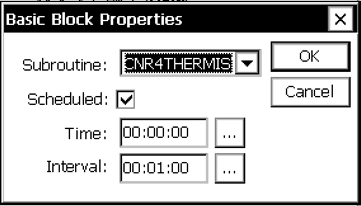
|
Uses “CNR4Thermistor.bas” BASIC basic block, scheduled every one minute. |

|
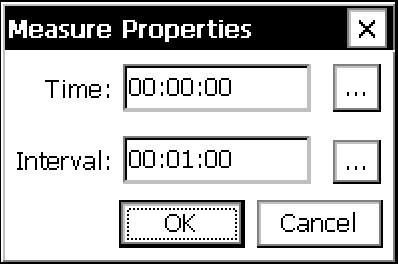
|
|

|
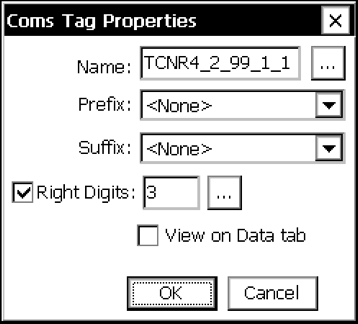
|
|

|
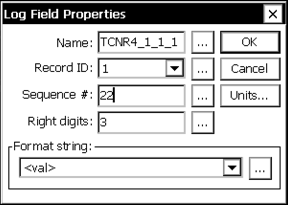
|
|

|
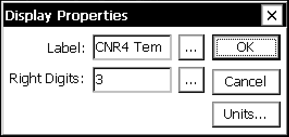
|
The Display block is used select data that gets displayed on the I2C Display. The data displayed is the last measured value for the block connected to the display block. The data is displayed at the requested precision (right digits) with the selected Label. |
